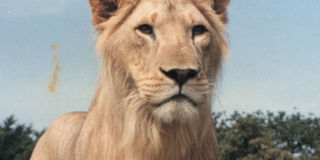Prime
14 lions on the loose in South Africa

A pride of 14 lions is on the loose near a mining community bordering South Africa's Kruger National Park, officials said Friday, and warned members of the public to be alert.
The lions have been spotted roaming around the Foskor phosphate mine outside the town of Phalaborwa on the western boundary of the famed wildlife park, which is fenced in.
It is suspected the big cats escaped from the park, said the government of the northern Limpopo province, which has allocated rangers to monitor the pride while officials decide where to send them.
"Employees at Foskor Mine and members of the public are hereby advised to be alert at all times," the provincial department of environment and tourism said in an online statement.
It said a meeting of government and park officials had concluded that the lions must be captured and released into the Kruger National Park.
But park spokesman Ike Phaahla said this was not feasible, as the new arrivals "will continually break out as other dominant lions will chase them out."
He added that any animal outside the park "is the responsibility of the provincial authority."
Until the matter is settled, Phaahla warned "there is a danger to members of the public who are working in the area.
"There is the possibility of wildlife-human conflict, so people have to be careful," he told SABC public television. "We need to identify a park where they can be taken and establish their own area."
It was not clear how long the lions have been on the loose.
Earlier this week, a leopard killed a two-year-old boy inside a fenced-off staff compound in the Kruger.
A team of rangers hunted down two suspected leopards and shot them dead to avoid the risk of a repeat.
The park covers nearly two million hectares (4.9 million acres) and is home to over 500 bird species and 147 mammal species.




